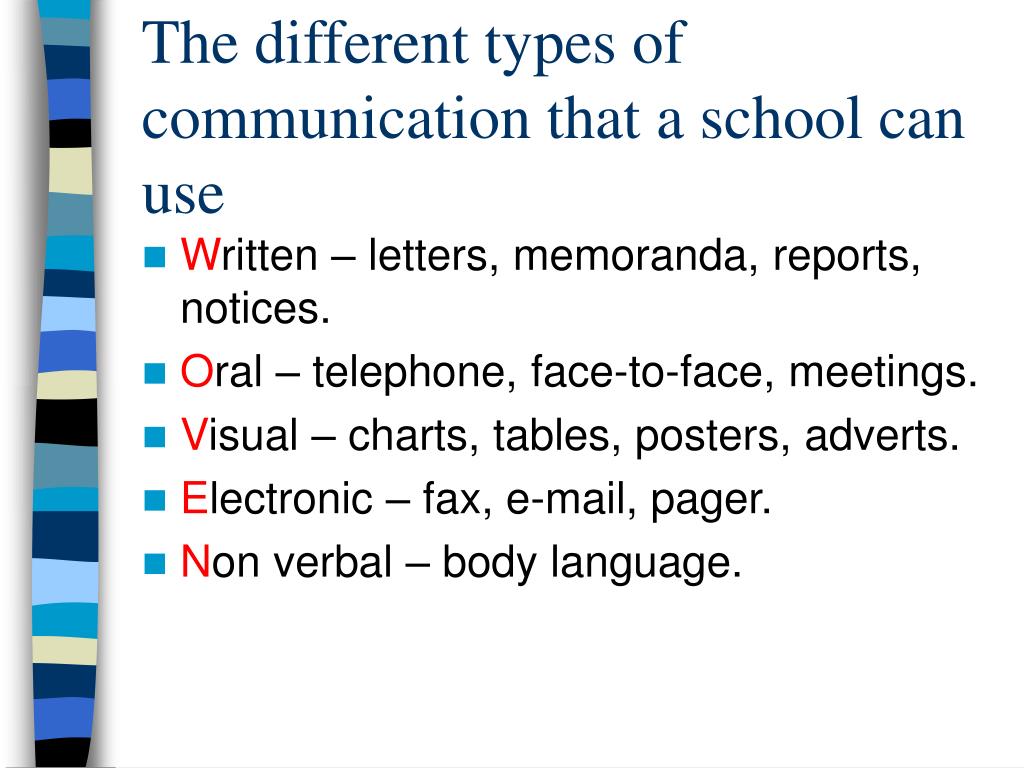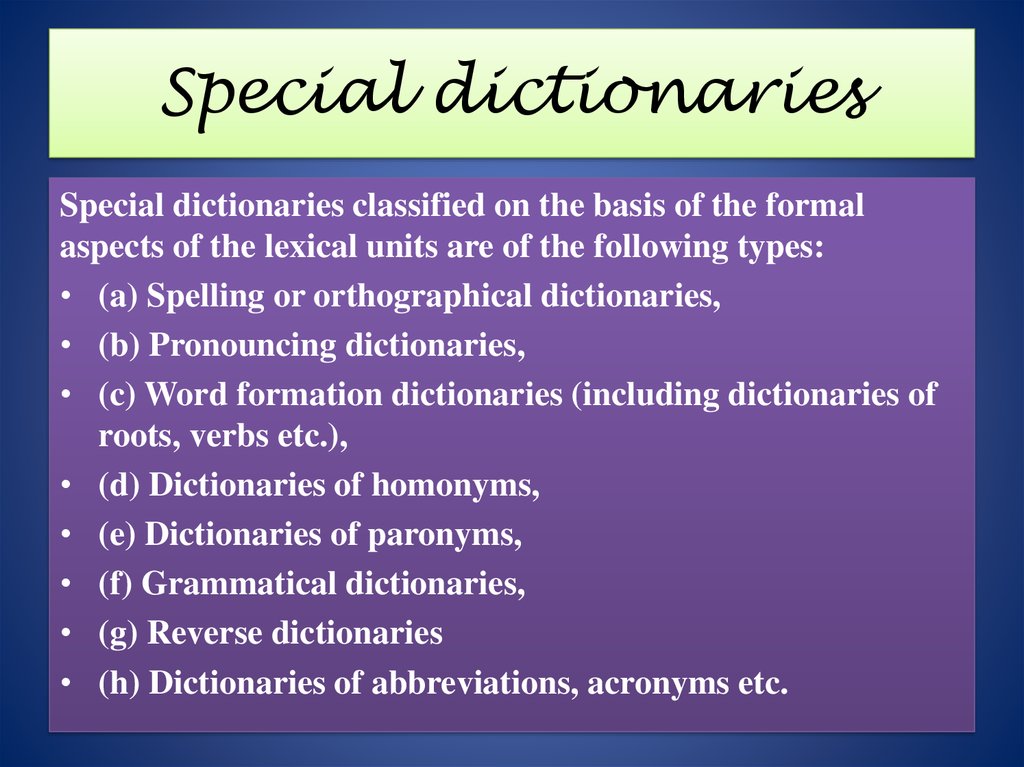

Wikipedias also vary by how thinly they slice dialects and variants for example, the English Wikipedia includes most modern varieties of English ( American, British, Indian, South African, etc.), but does not include other related languages such as Scots or Old English/Anglo-Saxon, both of which have separate Wikipedias. The codes represent the language codes defined by ISO 639-1 and ISO 639-3, and the decision of which language code to use is usually determined by the IETF language tag policy. Interlanguage links are sorted by that code as a prefix.

Once you get the hang of it, it’s as easy as eins, zwei, drei.Each Wikipedia has a code, which is used as a subdomain below. Once you’ve got the basic numbers down, the only real mistake you have to avoid is saying something like siebzigundvier (seventy and four) instead of vierundsiebzig. The number 783, for example, is siebenhundertdreiundachtzig (literally, “seven hundred, three-and-eighty”). If you put the spaces into the words in your head, it can be easier to read.Īs you get to larger numbers, the pattern is more predictable. And German is famous for combining words into larger words, so numbers can indeed look pretty long when written out. The word und in the middle is German for “and,” which comes up a lot in numbers. Instead of the tens coming before the ones (twenty-five), the ones come before the tens ( fünfundzwanzig, or literally “five-and-twenty”). German numbers are pretty straightforward, but they differ from English in one way. One hundred - einhundert Putting It All Together In English, for example, “eleven” would technically make more sense if it was called “ten-one” to mirror “twenty-one.” In German, a similar thing happens. Why count to 20 instead of 10? Well, like many languages, the teens work differently. So instead, we’ll start with the numbers you need to know, and then show you how it works. We could just list all of the numbers one through one hundred, but that wouldn’t explain the logic behind it. To help you out on your next trip to Germany, here’s a quick guide to count to 100 in German. Whether you’re ordering a certain number of pretzels or asking how many turns you have to make to get to the bathroom, you’ll run into situations when knowing numbers will come in handy as you learn German. Numbers come up a lot in conversation, and that doesn’t change just because you’re speaking another language.


 0 kommentar(er)
0 kommentar(er)
